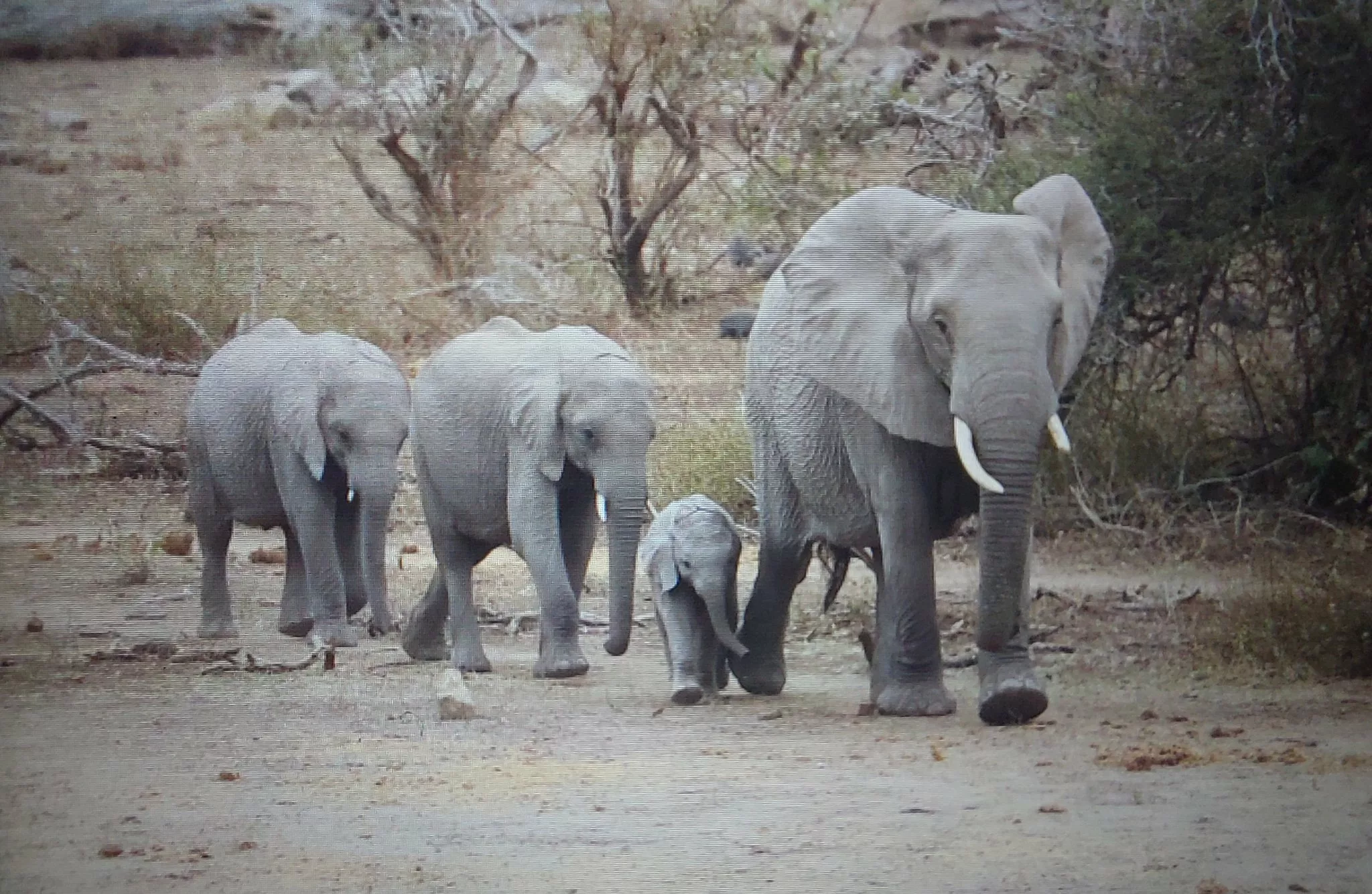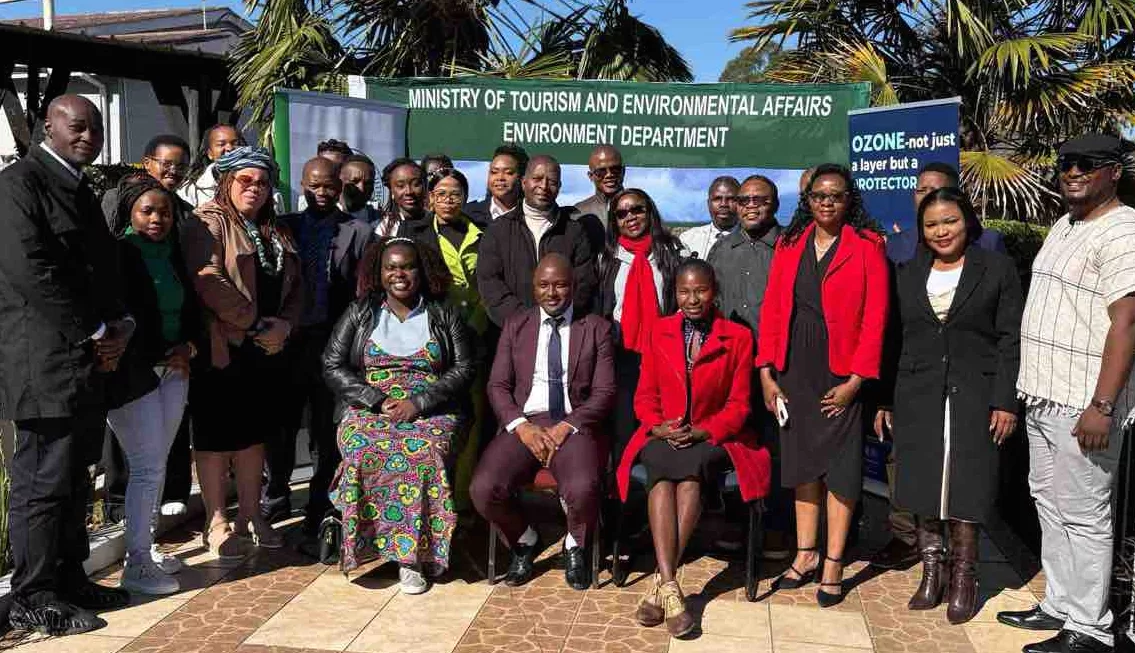|
Getting your Trinity Audio player ready...
|
The Thematic Committee on Climate Change visited local farmers in Southeast Lowveld yesterday to explore an innovative solution to the pressing issue of human-wildlife conflict.
The farmers have devised a method using chilies to create smoke blocks, which are used to safely and effectively scare away elephants. This practice significantly reduces the risk of crop damage and promotes a harmonious coexistence with wildlife. The approach is both a testament to the resilience and resourcefulness of the local farmers and a practical response to the challenges posed by climate change.
Chairperson of the Parliamentary Portfolio Committee on Industry and Commerce, Ngonidzashe Mudekunye, was present during the visit and lauded the innovation.
“This innovative use of chilies not only provides a natural solution to human-wildlife conflict but also highlights the ingenuity of our farmers in adapting to climate challenges.
“Human-wildlife conflict remains a significant concern in the region, often leading to devastating consequences for both people and animals. Elephant herds can destroy vast areas of cropland overnight, jeopardizing the main food and livelihood source for local communities,” said Mudekunye.
A local farmer, Tendai Moyo reflected on the devastating impact of elephant encroachments but marveled at the introduction of chili smoke blocks which has given hope to the community.
“Before, we felt helpless watching our hard work vanish overnight. But now, with this innovative method, we have a tool that not only protects our harvests but also allows us to coexist with these majestic animals,” Moyo highlighted.
Moyo continued, “This approach has transformed our lives. We no longer fear the sight of an approaching elephant herd. Instead, we are equipped with a solution that is both effective and environmentally friendly. It’s a relief to see our community’s resilience and ingenuity pay off in such a meaningful way.”
This sustainable solution not only addresses the immediate threat of crop damage but also contributes to long-term environmental stewardship. By reducing the need for harmful deterrents, the community can protect their livelihoods while fostering a balanced ecosystem.
The success of this project in the Southeast Lowveld could serve as a model for other regions facing similar challenges. As climate change and wildlife behavior continue to impact agricultural practices, innovative solutions like this are crucial for ensuring food security and environmental harmony.






